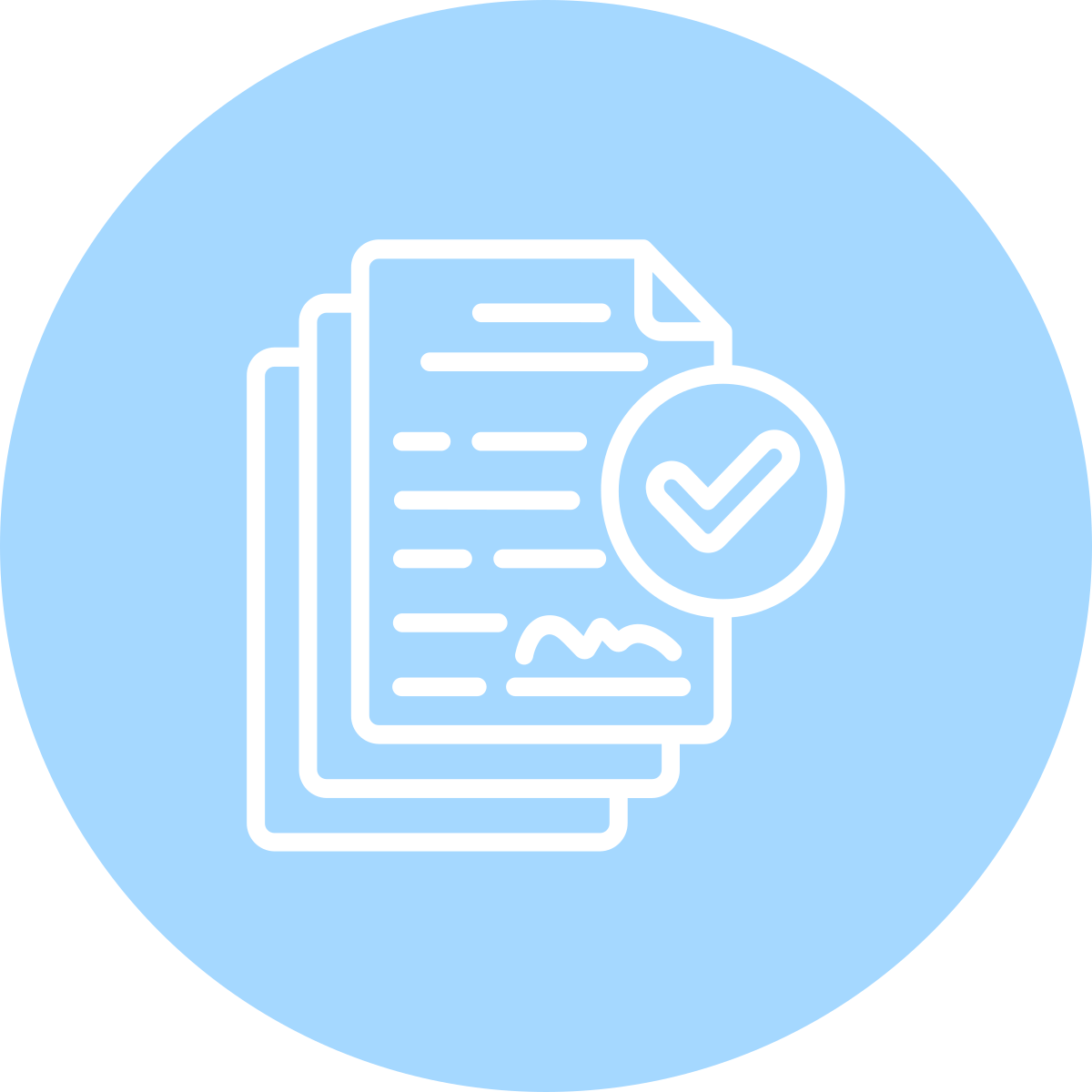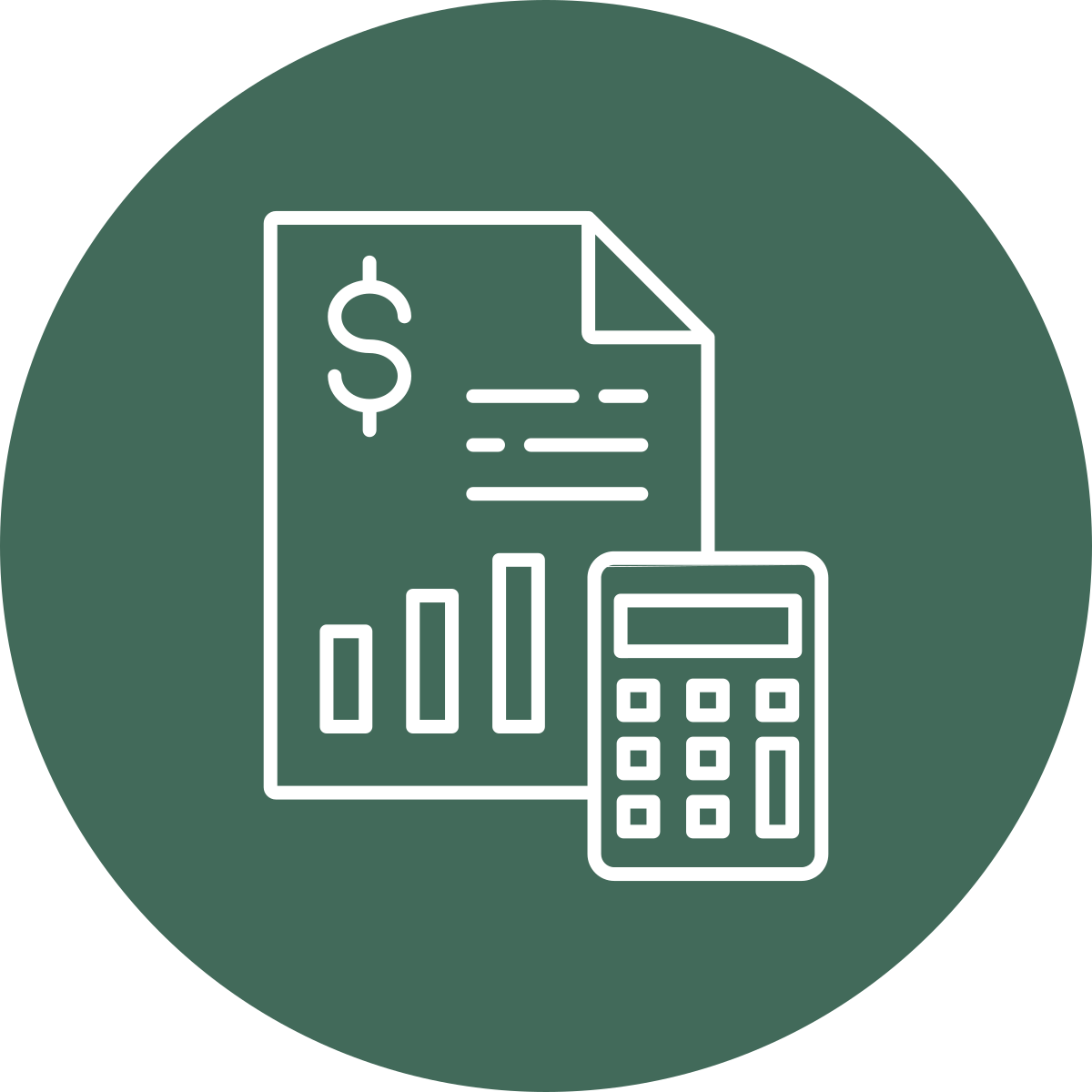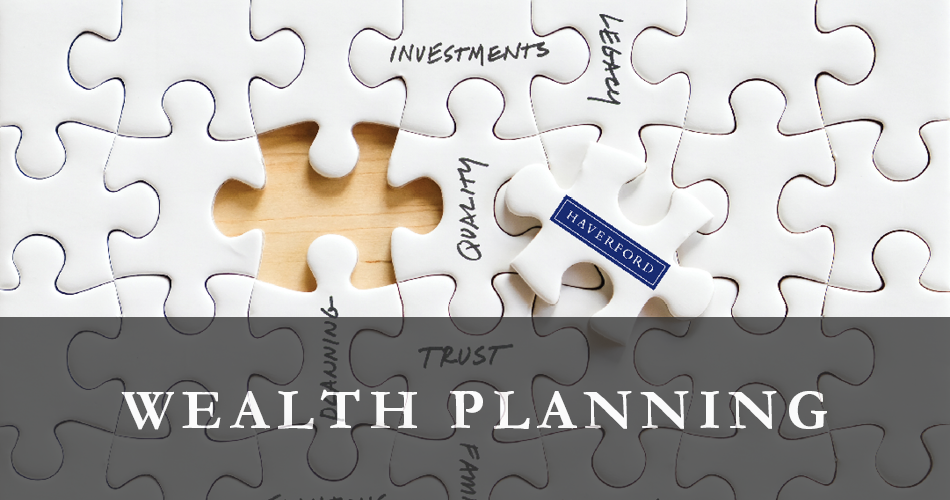Gina Parissi, CFP®
Senior Wealth Planner
As we welcome the arrival of spring and look forward to longer days ahead, New Year’s resolutions are likely long forgotten, if they were made at all. While you may not have stepped foot into the gym, or scratched the surface of a reading list, it’s never too late to revisit your financial goals. Below, we analyze a few of the most common mistakes we often see that have the potential to deter you from achieving your financial goals.
1. Not Having a Strategy to Save for an Emergency Fund
Without an adequate cash cushion, you may be leaving yourself exposed in the event of an emergency. An emergency fund is traditionally defined as an amount of cash available that is equal to three to six months’ worth of living expenses. As your income grows, you may consider increasing the cash reserve to meet your comfort levels. Examples of when you may dip into this fund include unforeseen medical expenses, home repairs, or family support. If you rely on other accounts, such as a brokerage investment account or retirement account for these events, there may be unintended tax consequences related to accessing the funds or liquidating securities.

Solution
To develop an emergency fund, we suggest establishing a savings plan by allocating a portion of income each month to go into a savings account. Automating your savings is a great tip that allows you to save for a rainy day. Once you initially set up the recurring transaction, funds can be transferred to the savings accounts on a regular basis without having to think about it.
Additionally, the recently passed Secure 2.0 Act introduced enhancements to employer-sponsored retirement plans allowing employees to withdraw up to $1,000 annually for emergencies, with a three-year grace period for repayment. These emergency withdrawals will not incur penalties if taken before age 59 1/2, though the amount is restricted and may not suffice for full emergency expenses.
2. Accumulating Significant Assets in Retirement Accounts
We often hear about the importance of saving for retirement and contributing to employer programs. Pre-tax deferrals into retirement accounts allow employees to take advantage of lowering their income tax liability and collect free dollars that may be provided by their company’s match program. This is typically an efficient strategy to reduce taxable income during working years and, in later years, spend down the account while in a lower income tax bracket.

However, in the case of high wage earners and business owners who contribute maximum amounts each year coupled with market growth over time, these accounts may result in a significant portion of their balance sheet in retirement accounts if left unchecked. The original intention of reducing taxable income many years ago might actually have the opposite effect. When it comes time to take required minimum distributions (RMDs), large mandatory withdrawals are then subject to ordinary income tax rates which may come with hefty tax bills. Having a large portion of assets tied up in retirement accounts also leaves you subject to steep penalties if taken before 59 ½, if you want to access the funds for early retirement, vacations, or home improvements. Fortunately, there are several ways to mitigate these issues.
Solution
With Secure 2.0, many retirement accounts are now offering Roth options. This means that contributions can be made to retirement accounts with after-tax dollars, grow tax-free, and withdrawals can be taken tax-free. If you’ve been contributing to a qualified retirement, consider adjusting contributions and splitting amounts into Roth and Traditional retirement accounts. In retirement years, tax-free assets may strategically be your last place to spend from to maximize growth.
Additionally, you can consider using an investment or brokerage account for long-term savings and growth. Unlike qualified retirement plans, regular investment accounts can be subject to lower income tax rates. This provides another option to take withdrawals from and allows for increased tax flexibility, especially for spending before age 59 ½, when there may be penalties from withdrawal from some retirement accounts. Having accounts that are employer-sponsored plans (with both pre-tax and Roth contributions) along with a regular investment account, provides the best flexibility for retirement and legacy goals.
3. Letting your Estate Plan Collect Dust
One of the biggest mistakes that people make is not updating their estate plan, or not having an estate plan at all. An estate plan is made up of documents such as a will, powers of attorney (financial and healthcare), and advance healthcare directives. In instances where no will is established, asset distribution is subject to state law and may not be reflect an individual’s actual intentions. If no will is established, minor children also have the potential to be impacted, as the Will is the document which names a legal guardian. Without powers of attorney, family members may have to sift through additional red tape to gain access to healthcare updates or facilitate financial transactions in the event of a medical emergency. Lack of planning can place an unnecessary burden on family during an already stressful time.

Solution
An estate plan should be revisited as your assets grow and family circumstances change. An important question to consider during this process is whether your goals have changed from when your documents were last executed. As assets grow over time, families may contemplate the best strategy for transferring significant assets to the next generation. In certain situations, the creation of trusts may be beneficial. Many plans will be impacted by the sunsetting of the Tax Cuts & Jobs Act, set to sunset at the end of 2025 and revert to 2017 laws greatly reducing the current estate tax exemption. As your partner and trusted resource, Haverford will continue to inform you about updates and important considerations around this legislation.
In addition to asset distribution strategies, fiduciary appointments are critical to your estate plan and should be revisited regularly. In instances where documents have not been updated in several years, a parent, older relative, or friend may longer be fit to serve and have difficulty fulfilling such duties. With larger and more complex assets, it may be prudent to consider a corporate trustee, in addition to the individuals that have been named.
4. Neglecting to Establish a Budget
One of the most fundamental aspects of financial planning is creating and sticking to a budget. Yet, many individuals can overlook this foundational step. Without a budget, it’s easy to lose track of where your money is going and overspend in areas that may not align with your long-term financial goals.

Solution
Develop a budget tailored to your financial situation. Start by reviewing your income, including any regular wages, bonuses, or additional sources of revenue. Next, catalog your expenses, categorizing them into essentials like rent, utilities, groceries, and discretionary spending such as entertainment or dining out. It’s crucial to also factor in savings goals, whether for emergencies, retirement, or other objectives, as well as any outstanding debt. Utilizing budgeting tools and apps can streamline this process, facilitating easier tracking and analysis of your spending habits. These tools can help categorize expenses, identify areas of overspending, and help set limits or targets for each category.
Regularly review your budget to ensure it remains realistic and aligned with your financial goals, adjusting as needed to accommodate changing circumstances or priorities. By gaining a clear understanding of your cash flow through budgeting, you empower yourself to make more informed financial decisions.
5. Overlooking Insurance Needs
Insurance plays a vital role in a comprehensive financial plan, although its significance can sometimes be underestimated or ignored entirely. Whether it’s health, life, disability, or property and casualty insurance, appropriate coverage safeguards you and your family from financial distress in the face of unforeseen events or tragedies. Without adequate insurance protection, unexpected circumstances could lead to substantial financial strain, making it essential to prioritize thorough coverage tailored to your specific needs and circumstances.

Solution
Assess your insurance needs and ensure that you have adequate coverage in place to protect against potential risks. Review your policies annually to make sure they still meet your needs and make adjustments as necessary. While insurance premiums may seem like an added expense, they can contribute to your ongoing the peace of mind and financial security which can be invaluable.
If you feel any of these common wealth planning “mistakes” apply to you or just to check in to see if there are adjustments you should make to your financial strategy, please reach out to your Haverford Portfolio Manager for more information.
The material provided is for informational purposes only. The implications and risks of a transaction may be different for each client based upon unique financial circumstances and risk tolerances.
The information provided is not intended to be and should not be construed as legal or tax advice or a legal opinion. Haverford does not provide legal or tax advice.
You should contact your legal or tax advisor regarding your specific tax situation prior to taking any action based upon this information.
Investments in securities are not FDIC insured • Not bank guaranteed • May lose value
